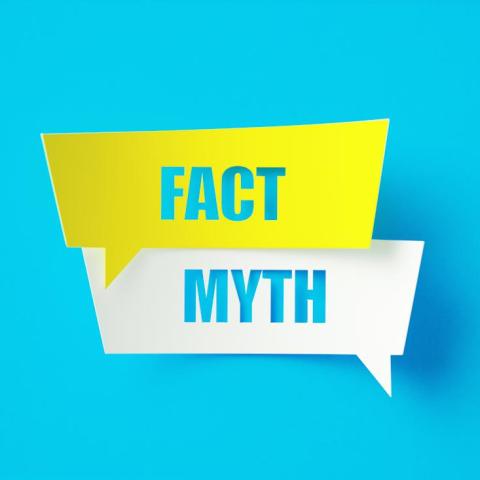The late city planner Alexander Garvin often highlighted the brilliance of Frederick Law Olmsted’s Central Park Mall. With its lush elms, this area offers refreshing shade in summer and sunny spots in winter, providing relief to both people and animals. However, as climate change continues to intensify heat waves across the U.S., our urban spaces lack essential shade.
A recent National Shade Map by UCLA and American Forests reveals significant shade disparities across cities, suggesting a need for up to 30 million new trees to cover sun-drenched neighborhoods. Why is this necessary? Urban planning has systematically sidelined trees, treating them as hazards rather than essentials. Regulations have limited their presence on the streetscape, contributing to wider social inequalities in neighborhoods.
Interestingly, a new perspective is emerging. In his book Shade, Sam Bloch argues for utilizing tall buildings as a form of shade. In cities like Paris, midday sunlight is minimal in narrow streets lined with tall buildings. These shadows, particularly in urban environments, can help manage heat, especially in the afternoon when temperatures peak.
Bloch suggests a “shade-first” approach that counters more than a century of planning that idealized sunlight. For example, New York’s architectural history favored sunlight as an urban remedy. Yet, studies show that many zoning laws could easily adapt to allow more trees. Just loosening regulations could boost tree density by up to 26%, as reported by a recent USC study.
Despite these insights, challenges remain. Financial constraints, particularly in cities like Los Angeles facing a billion-dollar budget deficit, make tree planting difficult. Local leaders are struggling to balance infrastructure with environmental needs. In a notable event, Los Angeles faced backlash over a poorly received attempt to introduce shade solutions for bus stops.
Public enthusiasm for shade is evident. Social media reactions have shown people yearning for cooler public spaces, especially as heat becomes more extreme. Initiatives like Shade LA are gaining traction, working to increase tree planting in the city.
Even in areas with severe winters, perceptions are shifting. Laura Hartman, an environmental studies professor, sheds light on the role of shade in religious texts, suggesting that shade is a divine comfort. This encourages a broader societal acceptance of shade as beneficial rather than something to avoid.
To sum up, it’s clear we need to rethink our urban landscapes. By embracing trees and even the shadows of our tallest buildings, we can combat rising temperatures and create more comfortable cities. The time has come to prioritize shade as essential infrastructure, improving quality of life for all.
Source link
climate-change,cities,environment,urban-planning,slate-plus



















:strip_icc()/i.s3.glbimg.com/v1/AUTH_37554604729d4b2f9f3eb9ad8a691345/internal_photos/bs/2025/g/p/jl2buhRxugEdKrnCBsZg/michel-fredeau-divulgacao.jpg?w=480&resize=480,480&ssl=1)


